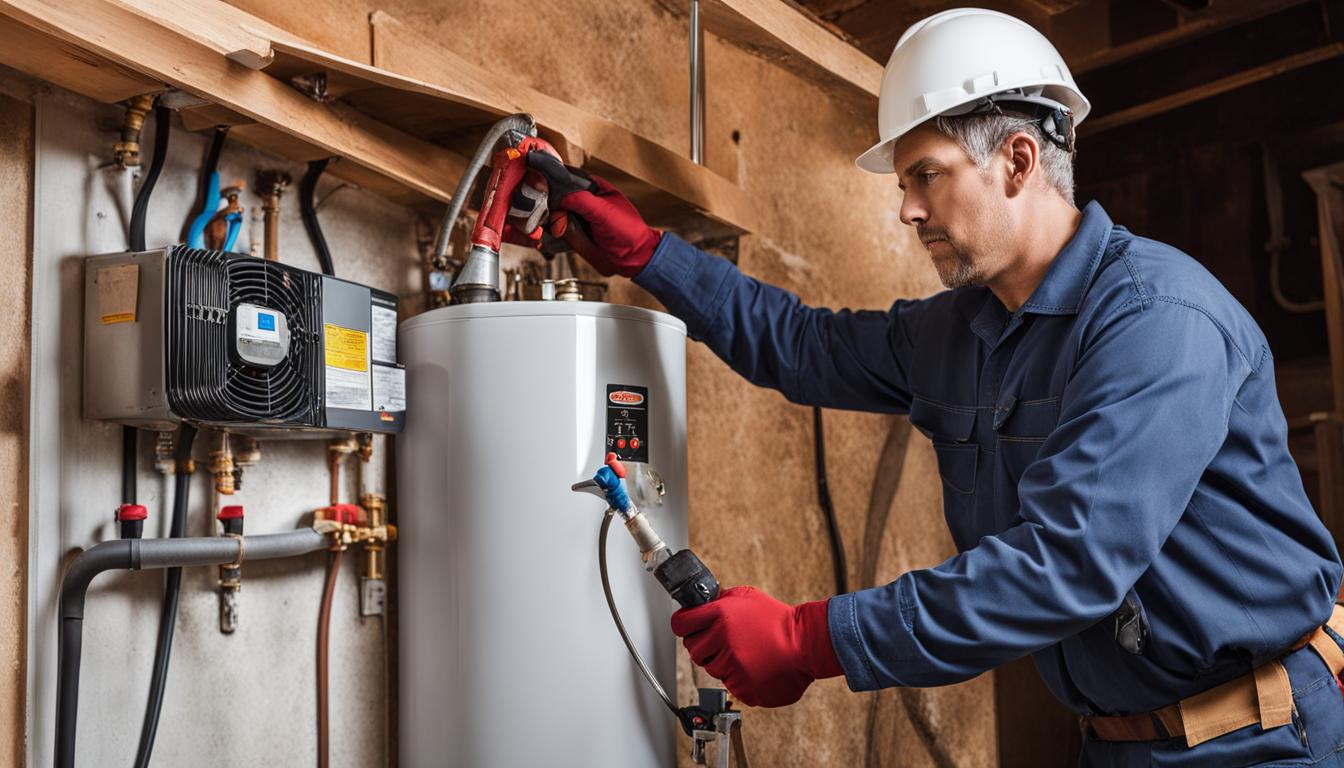Essential Care Techniques for Your Home's Hot Water SystemHow to Properly Maintain Your Home's Hot Water System
Essential Care Techniques for Your Home's Hot Water SystemHow to Properly Maintain Your Home's Hot Water System
Blog Article
Were you searching for facts and techniques concerning How to Maintain Your Water Heater & Prolong its Life?

Warm water is important for day-to-day convenience, whether it's for a rejuvenating shower or cleaning recipes. To ensure your warm water system runs effectively and lasts much longer, regular upkeep is key. This article provides practical ideas and understandings on just how to maintain your home's warm water system to stay clear of disruptions and costly repair services.
Intro
Maintaining your home's hot water system could seem challenging, yet with a couple of straightforward actions, you can guarantee it operates smoothly for many years ahead. This guide covers everything from understanding your hot water system to do it yourself maintenance ideas and recognizing when to employ specialist help.
Significance of Maintaining Your Warm Water System
Normal upkeep not only extends the life expectancy of your warm water system yet also guarantees it runs successfully. Neglecting maintenance can result in decreased efficiency, higher energy bills, and even premature failure of the system.
Indications Your Warm Water System Demands Upkeep
Recognizing when your warm water system needs attention can prevent major issues. Watch out for indications such as irregular water temperature level, weird sounds from the heating unit, or rustic water.
Comprehending Your Hot Water System
Before diving right into upkeep tasks, it's practical to comprehend the fundamental elements of your warm water system. Normally, this consists of the water heater itself, pipelines, anode rods, and temperature controls.
Regular Monthly Maintenance Tasks
Routine regular monthly checks can assist catch minor issues before they rise.
Purging the Hot Water Heater
Purging your hot water heater eliminates debris accumulation, improving efficiency and lengthening its life.
Monitoring and Changing Anode Rods
Anode rods protect against deterioration inside the container. Checking and replacing them when broken is crucial.
Checking and Readjusting Temperature Setups
Readjusting the temperature level setups guarantees optimal performance and safety and security.
DIY Tips for Upkeep
You can do several maintenance jobs on your own to maintain your warm water system in leading problem.
Checking for Leaks
Regularly inspect pipes and links for leakages, as these can bring about water damages and greater expenses.
Evaluating Pressure Relief Valves
Testing the stress safety valve ensures it functions correctly and prevents extreme pressure build-up.
Shielding Pipes
Insulating warm water pipes decreases warm loss and can save energy.
When to Call an Expert
While DIY maintenance is useful, some issues require expert proficiency.
Complex Issues Requiring Professional Help
Instances consist of significant leakages, electric issues, or if your water heater is regularly underperforming.
Regular Specialist Upkeep Perks
Expert maintenance can consist of thorough inspections, tune-ups, and ensuring conformity with safety and security requirements.
Final thought
Normal upkeep of your home's warm water system is vital for effectiveness, longevity, and cost financial savings. By complying with these tips and recognizing when to seek specialist aid, you can guarantee a dependable supply of hot water without unexpected interruptions.
How to Maintain an Instant Hot Water Heater
Before tinkering with your hot water heater, make sure that it’s not powered on. You also have to turn off the main circuit breaker and shut off the main gas line to prevent accidents. Also turn off the water valves connected to your unit to prevent water from flowing into and out of the appliance. 2. When you’re done, you have to detach the purge valves’ caps. These look like the letter “T” and are situated on either side of the water valves. Doing so will release any pressure that has accumulated inside the valves while at the same time avoid hot water from shooting out and burning your skin. 3. When the purge valves’ caps are removed, you have to connect your hosing lines to the valves. Your unit should have come with three hoses but if it didn’t, you can purchase these things from any hardware or home repair shops. You can also get them from retail stores that sell water heating systems. Read the user’s manual and follow it to complete this task properly. When the hosing lines are connected, open the purge port’s valves. 4. You should never use harsh chemical cleaners or solutions when cleaning your unit. Make use of white vinegar instead. It should be undiluted and you’ll probably use about 2 gallons. 5. Now flush your water heater. This task should probably take about 40 minutes. We can’t give you specific directions for this because the procedure is carried out depending on the type, model and brand of your heater. With that being said, refer to the user’s manual. 6. When you’re done draining the unit, you have to turn off the purge port valves again. Remove the hosing lines that you earlier installed on each of the water valves. Put the valve caps (purge port) back in their respective places and be very careful so as not to damage the rubber discs that are found inside these caps. 7. Now that everything’s back in place, check your user’s manual again to find out how to reactivate your water heating system. 8. Once it is working, turn one of your hot water faucets on just to let air pass through the heater’s water supply pipes. Leave the tap on until water flows smoothly out of it. https://www.orrplumbing.com/blog/2014/september/how-to-maintain-an-instant-hot-water-heater/

I stumbled upon that post on Tips on Maintaining a Water Heater when doing a lookup on the internet. Sharing is caring. Helping others is fun. Thanks so much for your time spent reading it.
About Report this page